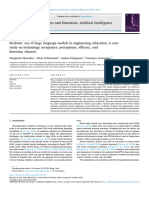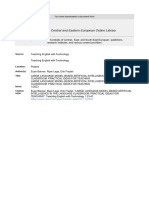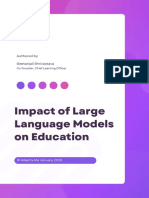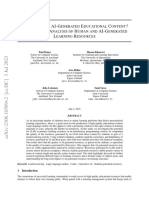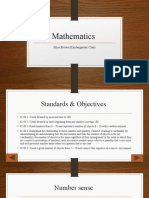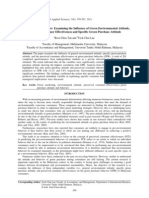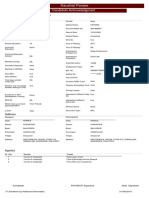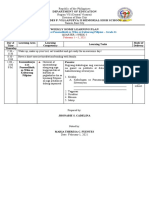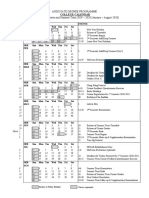0% found this document useful (0 votes)
14 views10 pagesTransforming Education With Large Language Models
This paper discusses the transformative potential of Large Language Models (LLMs) in education, highlighting their ability to enhance personalized learning, content creation, and real-time tutoring. While LLMs offer significant opportunities, they also present challenges related to technology dependency, content accuracy, data privacy, and biases. Recommendations for educators and policymakers include careful integration, content verification, and strategies to mitigate bias to ensure equitable and ethical educational practices.
Uploaded by
tayeb brahimiCopyright
© © All Rights Reserved
We take content rights seriously. If you suspect this is your content, claim it here.
Available Formats
Download as PDF, TXT or read online on Scribd
0% found this document useful (0 votes)
14 views10 pagesTransforming Education With Large Language Models
This paper discusses the transformative potential of Large Language Models (LLMs) in education, highlighting their ability to enhance personalized learning, content creation, and real-time tutoring. While LLMs offer significant opportunities, they also present challenges related to technology dependency, content accuracy, data privacy, and biases. Recommendations for educators and policymakers include careful integration, content verification, and strategies to mitigate bias to ensure equitable and ethical educational practices.
Uploaded by
tayeb brahimiCopyright
© © All Rights Reserved
We take content rights seriously. If you suspect this is your content, claim it here.
Available Formats
Download as PDF, TXT or read online on Scribd
/ 10








